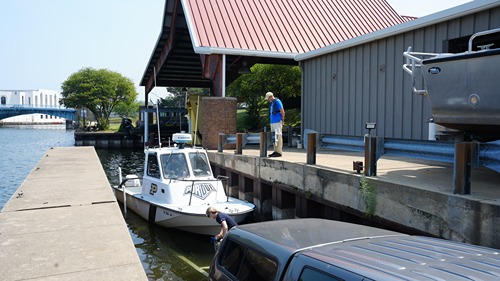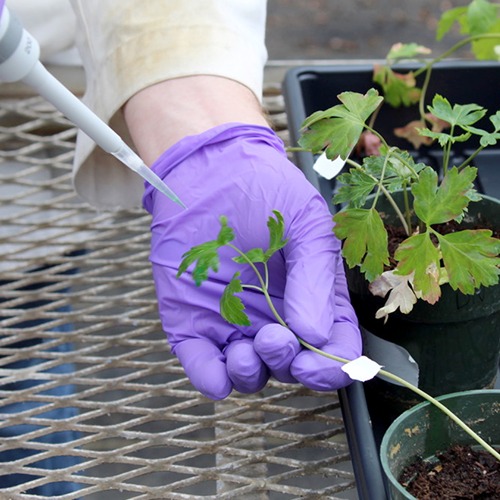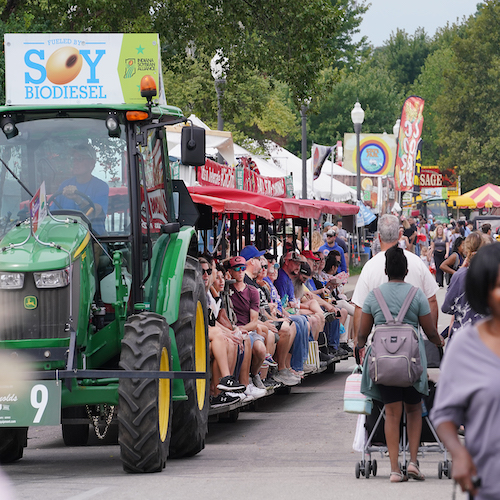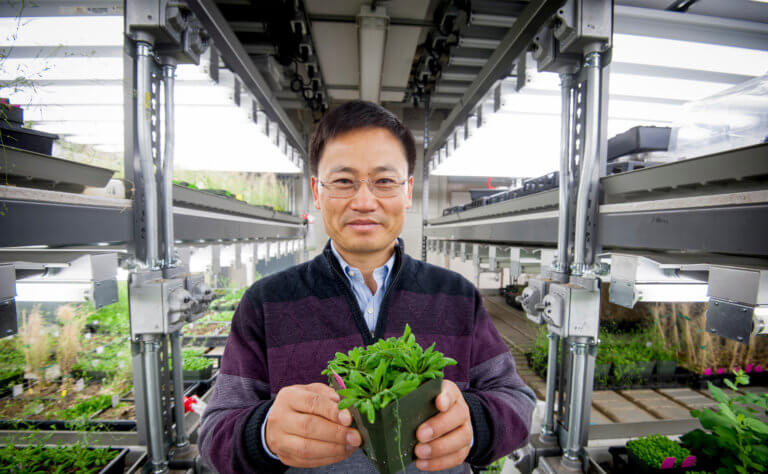
Purdue University scientists have discovered a signaling pathway necessary for plant salt tolerance. The findings are important for understanding how plants overcome some environmental stresses.
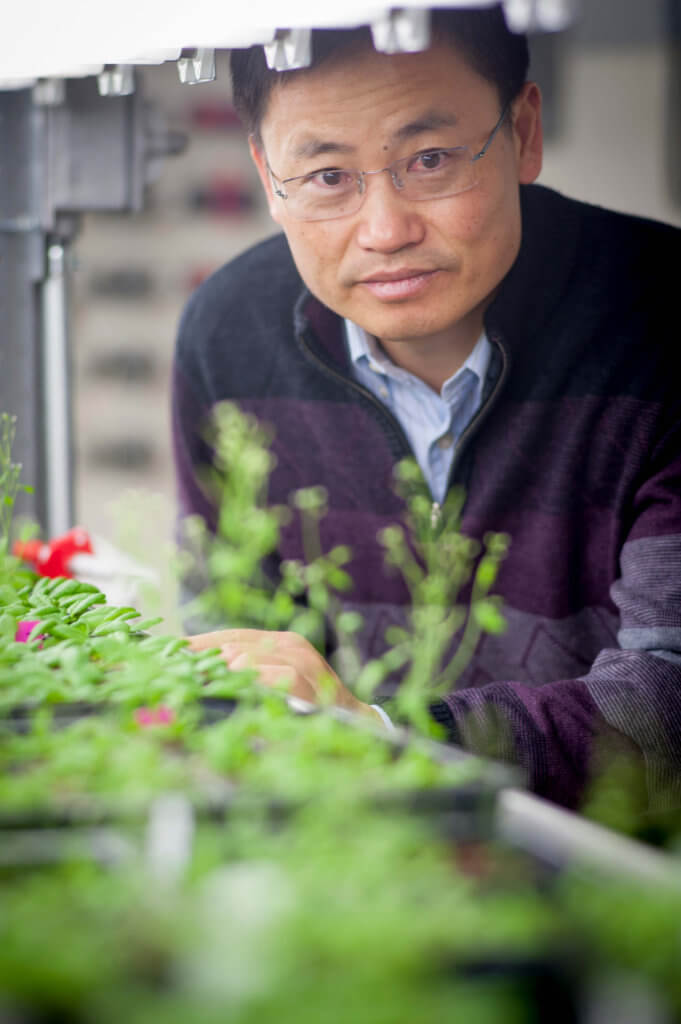 High salt already affects about 20 percent of the world’s arable land, reducing crop yields. By 2050, it’s thought that around half of all cropland will be impacted by salinity. The development of salt-tolerant crops, then, will be important for feeding a population expected to approach 10 billion by 2050.
High salt already affects about 20 percent of the world’s arable land, reducing crop yields. By 2050, it’s thought that around half of all cropland will be impacted by salinity. The development of salt-tolerant crops, then, will be important for feeding a population expected to approach 10 billion by 2050.
Jian-Kang Zhu, distinguished professor of plant biology, Chunzhao Zhao, a senior researcher, and Omar Zayed, a doctoral student, identified a series of cell wall proteins that sense the salt-induced modification of cell wall. Those start a cascade, leading to the activation of intracellular signaling pathways that are essential to a plant’s growth in the presence of salt.
Purdue scientists, collaborating with colleagues at the Chinese Academy of Sciences and Nanjing Agricultural University, reported their findings in the Proceedings of the of the National Academy of Sciences.
Specifically, salt activates cell-wall leucine-rich repeat extensins (LRX) 3/4/5 in Arabidopsis, a model plant. Those proteins regulate the activity of two peptides – RAPID ALKALINIZATION FACTOR (RALF) peptides RALF22/23 – which interact with protein kinase FERONIA (FER) in the cell plasma membrane.
Plants with mutations of the LRX and FER genes, and plants with overexpressed RALF22 or RALF23 were sensitive to salt stress and did not grow well.
The research was funded by the Chinese Academy of Sciences.



